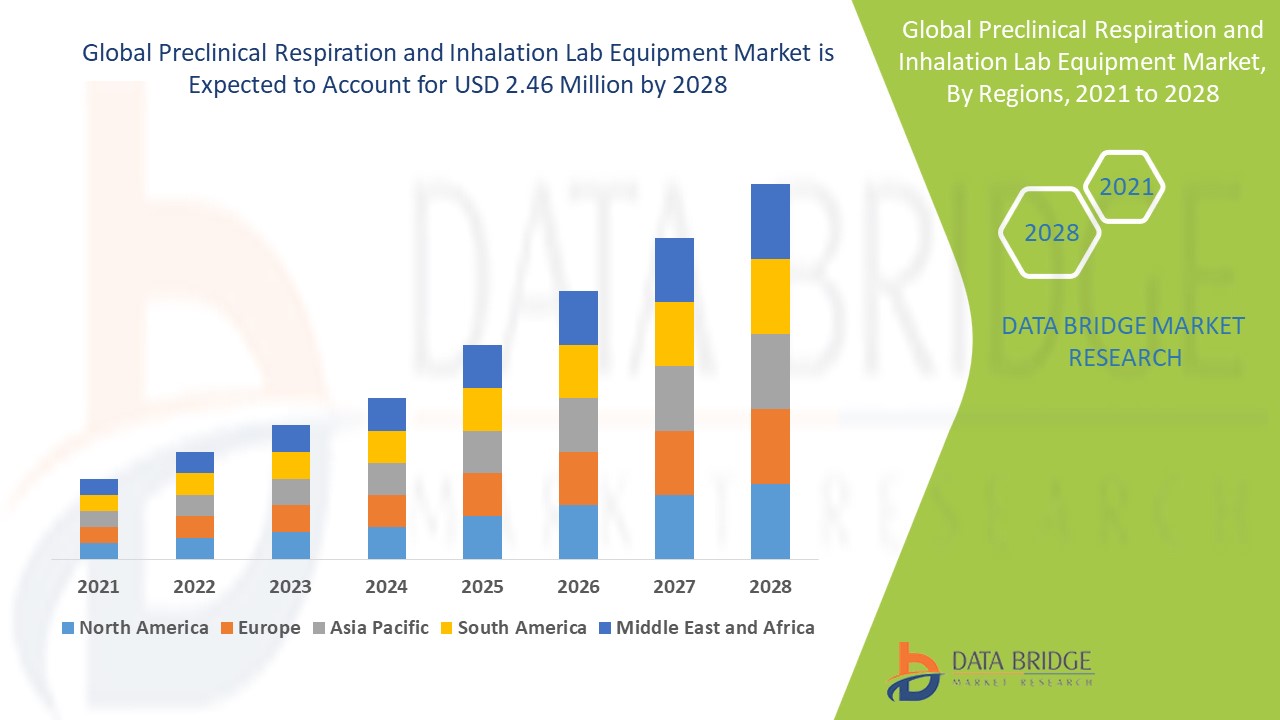Growth Prospects and Trends in the Preclinical Respiration and Inhalation Lab Equipment Market (2024–2032)
Introduction:
The Preclinical Respiration and inhalation lab equipment market is witnessing notable growth, driven by increasing research in respiratory diseases, the development of inhalation-based drug delivery systems, and a global surge in preclinical toxicology studies. These systems are critical in the evaluation of pharmacokinetics, safety, and efficacy of inhaled therapies before clinical trials begin.
Market Overview:
Preclinical respiration and inhalation equipment includes a range of tools used to simulate and study respiratory functions in animal models. These include:
- Whole-body plethysmographs
- Nose-only and head-only exposure chambers
- Aerosol generation systems
- Gas analyzers and flow meters
- Telemetry-based respiratory monitoring systems
These tools are essential for assessing the toxicological and pharmacological impact of airborne drugs, chemicals, or pollutants.
Key Market Drivers:
- Rising Prevalence of Respiratory Disorders:
Increasing incidences of diseases such as asthma, COPD, and lung cancer are fueling research that depends on inhalation studies. - Growth in Inhalation Drug Delivery R&D:
The pharmaceutical industry’s emphasis on inhalation as a non-invasive drug delivery route contributes to demand for high-precision lab equipment in preclinical stages. - Regulatory Push for Inhalation Toxicology:
Regulatory agencies require thorough toxicology and safety data from inhalation exposure studies before human trials, particularly for airborne formulations and environmental contaminants. - Technological Advancements:
Miniaturized, telemetry-enabled, and AI-integrated systems are enabling more accurate and less invasive monitoring, enhancing animal welfare and study reliability.
Market Challenges:
- High Capital Costs:
Advanced inhalation and respiratory monitoring systems involve significant initial investment, limiting accessibility for smaller research labs. - Ethical and Regulatory Barriers:
Preclinical studies involving animal testing face stringent ethical scrutiny and complex approval processes. - Complexity of Aerosol Characterization:
Uniform dosing and reproducibility of aerosol exposure in small animals remain a technological challenge.
Regional Analysis:
- North America leads the market due to robust pharmaceutical research, presence of key players, and significant R&D funding.
- Europe follows closely, supported by regulatory initiatives for drug safety assessment.
- Asia-Pacific is expected to grow rapidly due to increasing investment in pharmaceutical R&D and rising healthcare infrastructure in countries like China and India.
Competitive Landscape:
Key market players include:
- SCIREQ (Scientific Respiratory Equipment Inc.)
- EMMS (Electro Medical Measurement Systems)
- Harvard Apparatus (a division of Harvard Bioscience)
- Data Sciences International (DSI)
- In-Tox Products
- CH Technologies (USA), Inc.
These companies are focusing on innovations in exposure chambers, real-time data analytics, and remote monitoring to enhance research outcomes.
Get More Details:
Future Outlook:
The preclinical respiration and inhalation lab equipment market is poised for continued growth through 2032, supported by technological innovation, expanding pharmaceutical pipelines, and the rising importance of respiratory toxicology. Collaborations between academia and industry, as well as integration of AI and automation in lab systems, are expected to define the next wave of advancements in this space.
Get More Reports:
https://www.databridgemarketresearch.com/reports/middle-east-and-africa-attitude-and-heading-reference-systems-ahrs-market
https://www.databridgemarketresearch.com/reports/north-america-wood-pellet-market
https://www.databridgemarketresearch.com/reports/global-hepatocellular-carcinoma-drugs-market
https://www.databridgemarketresearch.com/reports/global-wire-mesh-cable-tray-market
https://www.databridgemarketresearch.com/reports/global-smart-fleet-management-market

